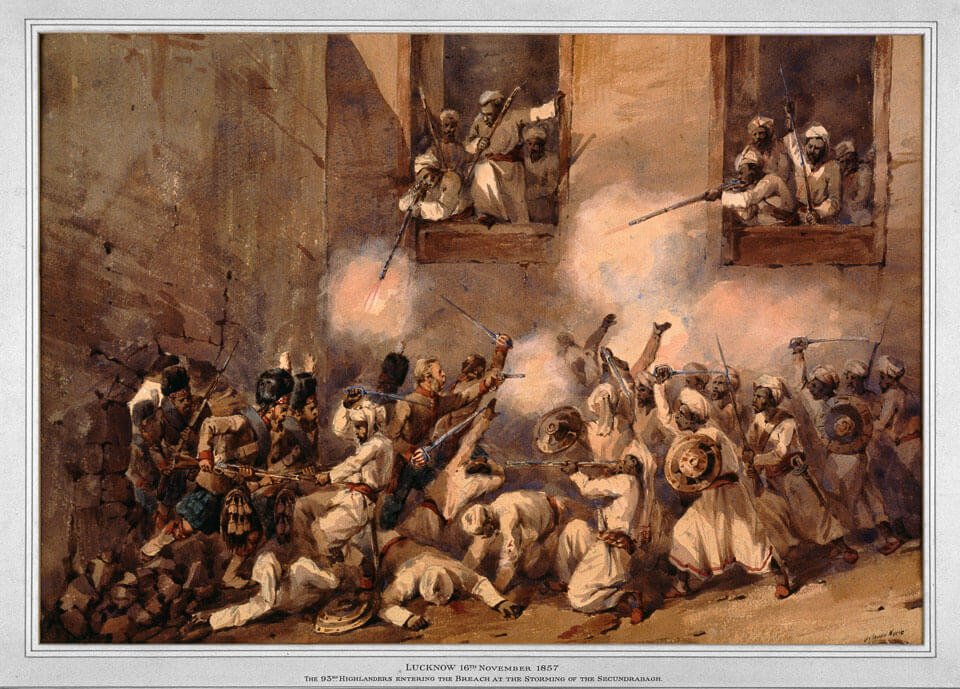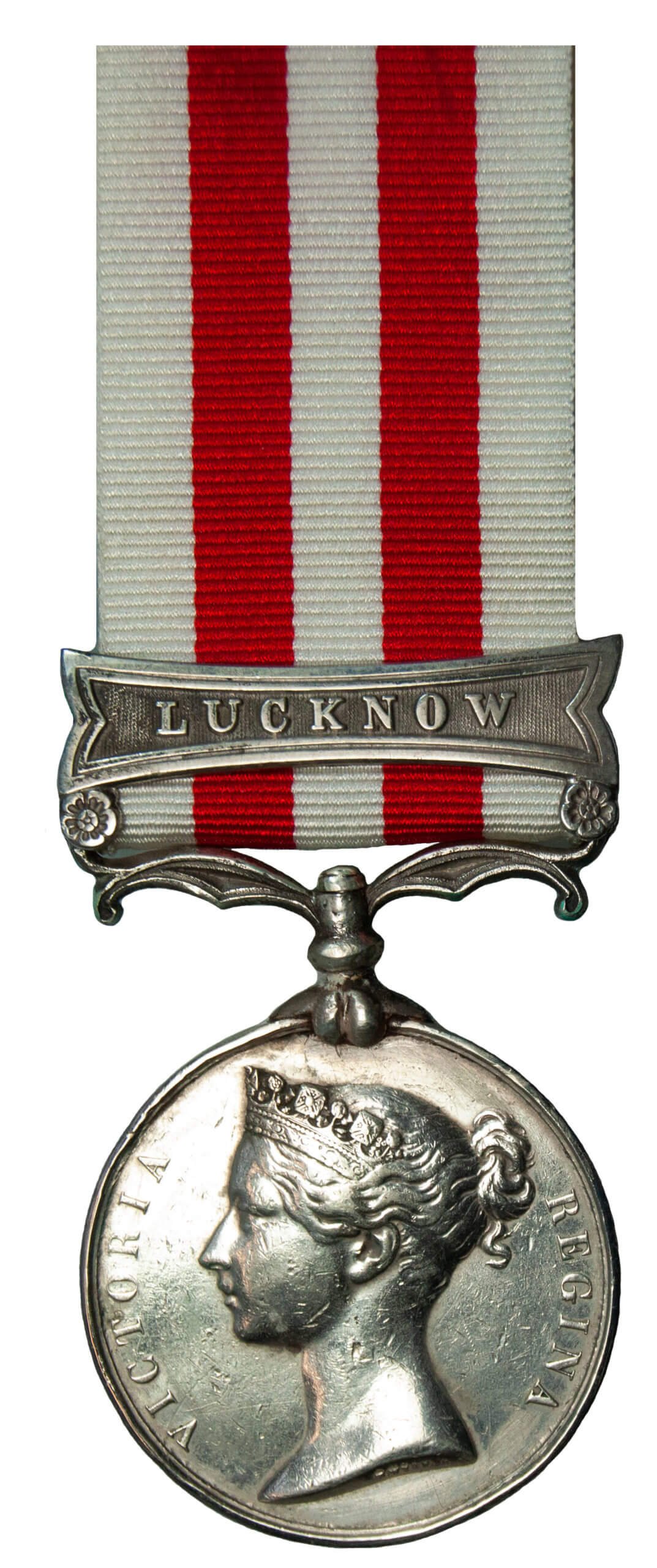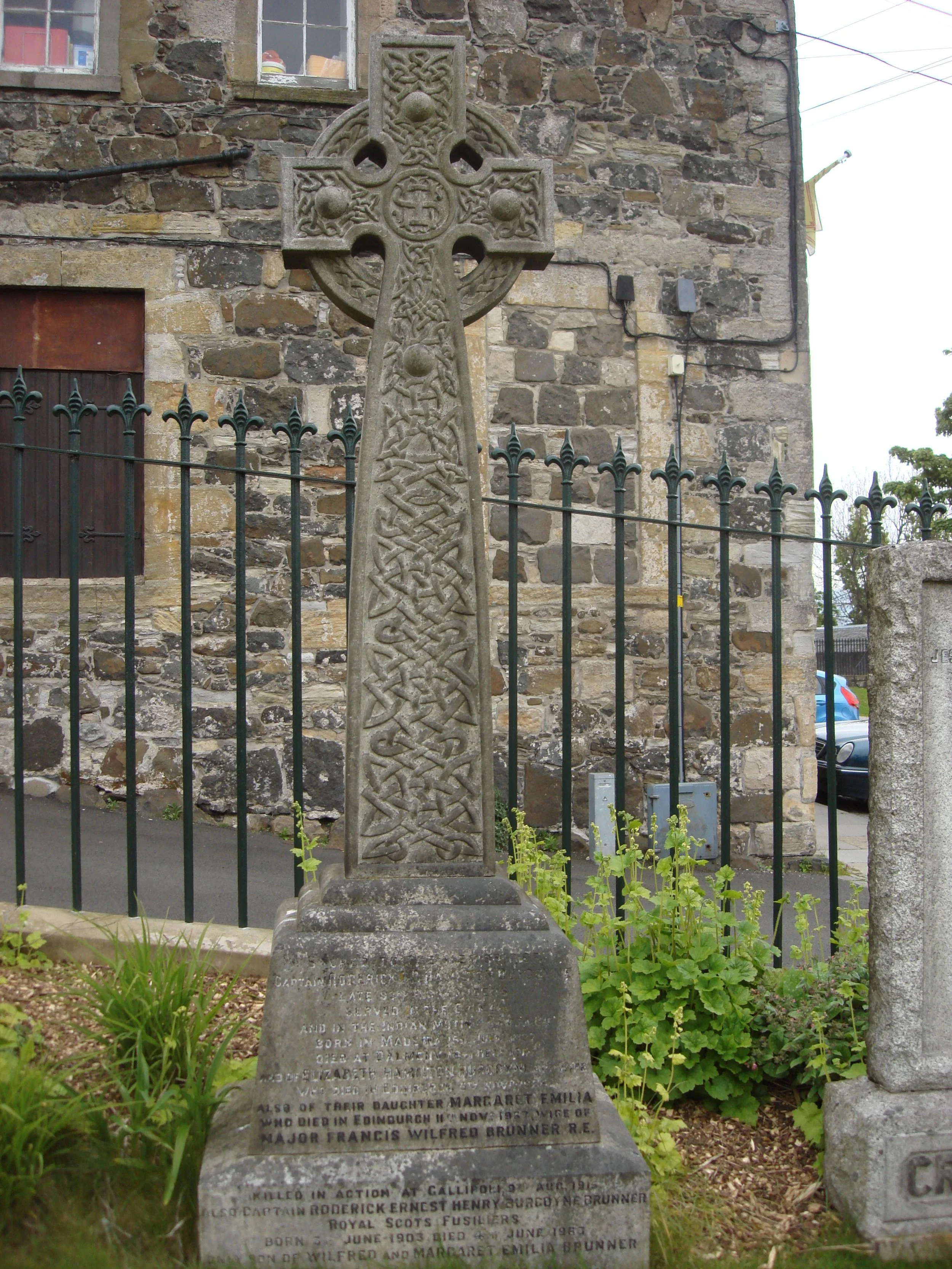The Remarkable Year of Governor Burgoyne
Often historians of crime are guilty of prioritising the salacious over the mundane and, as someone who has spent years studying executions, I am very conscious of this. Similarly, in prison histories, it is often the punishments and the criminals themselves that become the predominant focus, and other fascinating details often fall by the wayside. Nowhere is this more apparent than in the lack of knowledge of the staff who ran these institutions. So, I was really excited when Dr Shane McCorristine, the Project Lead, said he had located a portrait of a former Governor of the gaol – Captain Roderick DHU Hamilton Glenyon Burgoyne.
Roderick Hamilton Burgoyne by Camille Silvy. Albumen print, 23 May 1861. NPG Ax53256. Image © National Portrait Gallery, London. Produced under creative commons licence.
As part of our ongoing research on the gaol our team of volunteers are often swapping new bits of information they uncover and nothing is more exciting than when someone finds an image. Dr Clare Sandford-Couch has been diligently collating the timelines of former Governors and we know that Roderick served as Governor of Newcastle Gaol between 1894-1899, but when I went looking into these dates, I found something that intrigued me more than his service and it is the remarkable year he had in 1899. It hopefully offers a small window into the life of a key figure at Newcastle Gaol.
First though, a bit of context. Roderick DHU Hamilton Glenyon Burgoyne was born in Madeira in 1837 and was listed as a British Subject on census records, the son of John James Hamilton Burgoyne a military man who was, amongst other things, a renowned Barrack Master in Dorset. Like his father, Burgoyne spent several decades in the armed forces prior to his role as Governor at Newcastle Gaol. He joined the army in 1855 and during his time with the forces served for the 93rd Sutherland Highlanders and, amongst the many campaigns he was involved in, played a significant role in the relief and capture of Lucknow for which he received an Indian Mutiny Medal with clasps.
Images (left to right) 'The 93rd Highlanders entering the breach at the storming of the Secundra Bagh, Lucknow, 16 November 1857. Watercolour by Orlando Norie, 1858 (c). National Army Museum, Study collection. [Accession Number: NAM. 1987-06-12-1] https://collection.nam.ac.uk/detail.php?acc=1987-06-12-1. Indian Mutiny Medal, 1857-58, Lucknow Clasp, To W. WHITE. (1st Battalion 20th Regiment (Lancashire Fusiliers), (W. White. 1st Bn 20th Regt.) Sold at Auction. Image courtesy of Baldwin’s Auction House
Governor Burgoyne was not unique in coming from the forces into a prison Governorship role, in fact it was quite common in this period. Indeed, the long serving man that Burgoyne replaced, Governor William Wookey, had a distinguished military background. As someone who has spent a lot of time studying the executions within the gaol, it is also notable how many of the executed men had served as well. Indeed, during his time at Newcastle as Governor, Roderick oversaw the execution of the soldier Samuel George Emery in December 1894. These military connections often engendered sympathy between the Governors and the condemned men.
But a simple career history of the Governor himself is for another day, in this blog I wanted to look behind the day-to-day role of Governor and give a feel for the life outside of the gaol, as experienced by figures so central to the daily life of the prison, like Burgoyne.
By the time of his Governorship at Newcastle Governor Burgoyne was the father of three children, with his wife Elizabeth. His eldest was Margaret Emilia (born January 1874), and he also had twin boys, Evan John Murray and Roderick Murrie* (Oct 1875). However, Governor Burgoyne’s last year at Newcastle was to be marked by a terrible family tragedy.
Early accounts of Burgoyne’s son Evan John Murray suggest that he was a talented athlete with reports from his school, Cheltenham College, noting that he broke the record for the annual Shurdington Race, by a considerable distance at the age of just 16. Following in his father’s footsteps Evan went on to serve in the Army with the Sherwood Foresters (Derbyshire Regiment) and made the rank of Lieutenant. But by 1899 he was working on ships as a 2nd Lieutenant and in the New Year he was on board the ‘Dalgonar’, a Liverpool based ship reported to be sailing from ‘Hiogo’ (modern day Hyogo) in Japan to Port Angeles.
The port of Hyogo, Kobe. Date Issued: 1901 - 1907. Publisher: s.n. Image from The New York Public Library.
By all accounts the ‘Dalgonar’ encountered some very difficult conditions on its journey and reports early in the year noted fears for its safety. In March, reports began to surface acknowledging that there was a pronounced worry about its progress owing to the weather it was encountering. When the ship finally arrived at Port Angeles on Saturday 25th March, 1899, one newspaper noted that “she encountered boisterous weather and lost three lower topsails, topsail yards, and sustained other minor damage.” At this stage there was no mention of any further incident. However, by late April news reports began to appear noting that Evan John Murray had tragically lost his life on board. The early reports were often patchy and unclear including multiple misnamings of the ship as the ‘Balgour’, but by May more detailed reports and newspapers were giving a detailed account, as provided by the Captain.
On February 28th, at about 3 a.m., while shaking out reefs in the upper mizzentopsail, Mr. Burgoyne fell from the port yard into the sea. The first officer, hearing a cry, saw him falling, and immediately threw a lifebuoy overboard, at the same time letting go the mizzentopsail braces to stop the ship's way. All hands were called, and the ship heaved to. The lifeboat was lowered, at a terrible risk, and with the first and third officers and four men a diligent search was made, but nothing could be seen of either Mr. Burgoyne or the lifebuoy. A heavy mist was setting in, and blue lights had to be burned from the ship's deck to enable the boat to find its way back to the vessel. The ship was hove to until daylight, when the search was again instituted, but without avail.[2]
Testament to the terrifying weather encountered on the journey can be seen in the following report,
“after the succession of gales and high seas which were encountered, Captain Kitchen considers himself a lucky man that his ballast was tombed down, and that it was impossible to shift, or else the good ship Dalgonar would now be sharing the fate of the Celtic Bard, Laurel Bank, and Caradoc, all of which found watery graves in the Broad Pacific and it is believed on account of not securing ballast.”[3]
It would seem that the rest of the crew were lucky to have made it back alive.
The 'Dalgonar', Desmond Gordon Sythes (1929–2008), The Beacon Museum. Image courtesy of Artuk.org. This painting depicts the sailing ship 'Dalgonar' which was built in 1892 and registered with number 993670 at Liverpool.
It is not entirely clear when the Burgoyne family will have had the news but it is worth noting that the first detailed reports of the death appeared in the newspaper in May, the same month that Governor Burgoyne left Newcastle Gaol and took up the position of Governor at neighbouring Durham gaol. Without a personal account we can only speculate what those last few months were like for the family, no doubt desperate to make contact with their son and to find more information on the safe passage of his ship. Perhaps the death may have in some way motivated the decision to move on to pastures new, we can only speculate.
However, amongst all the tragedy, I am pleased to report that there was great happiness in the same year as the Governor’s eldest child, Margaret Emilia, got married at the beautiful Durham Cathedral. She wed Mr Francis Wilfrid Brunner of the Royal Engineers in a ceremony that attracted several big reports in the newspapers, including a detailed summary in The Gentlewoman. The reception was held in the Prison Governor’s Office at Old Elvet – quite a setting for a wedding party! Reports noted that the congregation was ‘exceedingly large’ within the Cathedral to witness the ceremony and detailed accounts of the outfits worn were provided
Miss Burgoyne wore a handsome dress of ivory duchesse satin with chiffon and Brussels lace (the gift of her mother). The train, from the shoulders was of brocade, lined with drawn chiffon and having chiffon bows, natural white heather, and orange blossom. Her tulle veil surmounted a coronet of orange-blossom, fastened with a diamond and pearl star from the bridegroom.[3]
Governor Burgoyne remained as the Governor of Durham Prison until 1902 when he retired. He spent his last few years in Dalmeny, Linlithgowshire and died on 16th December 1905. Alongside his time in H.M prison service he also retained a strong affection for his military career and even published the official history of his unit (the 93rd Sutherland Highlanders). It would perhaps have pleased him to know that his youngest son and twin brother to Evan, Roderick Murrie, went on to have a distinguished military career (including a period as a Prisoner of War) during which he received both the Victoria Cross and The Croix de Guerre. He died in London in 1937 and was given full military honours at his funeral. His cremated remains were taken via casket on the train to be laid to rest beside his father, mother and sister at Stirling Cemetery.
Image courtesy of Find a Grave, database and images (https://www.findagrave.com/memorial/201058945/roderick-burgoyne : accessed 11 April 2022), memorial page for Roderick Burgoyne (15 Jul 1837–18 Dec 1905), Find a Grave Memorial ID 201058945, citing Valley Cemetery, Stirling, Stirling, Scotland ; Maintained by Jim (contributor 47008269) .
If you are related to Captain Burgoyne or know more detail about him and his family, we would love to hear from you. Please contact us here.
* Murrie was the maiden name of Governor Burgoyne’s wife Elizabeth which would explain Evan’s middle name, but is is not entirely clear why Roderick’s (Murray) differed in the spelling.
[1] Cheltenham Examiner, 14 June 1899, p. 3.
[2] Hull Daily Mail, 4 May 1899, p. 4.
[3] The Gentlewoman, 30 September 1899, p. 36.



